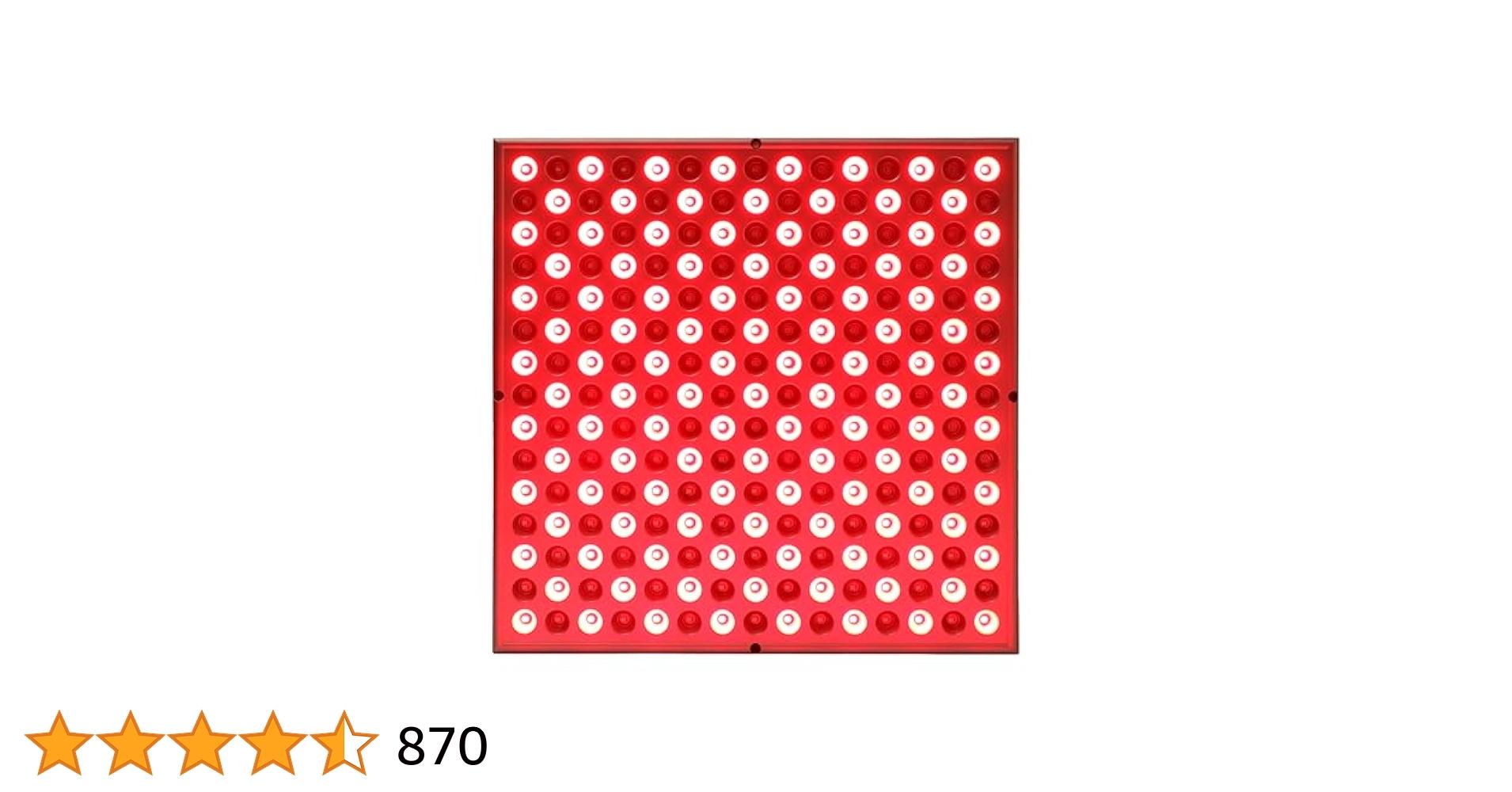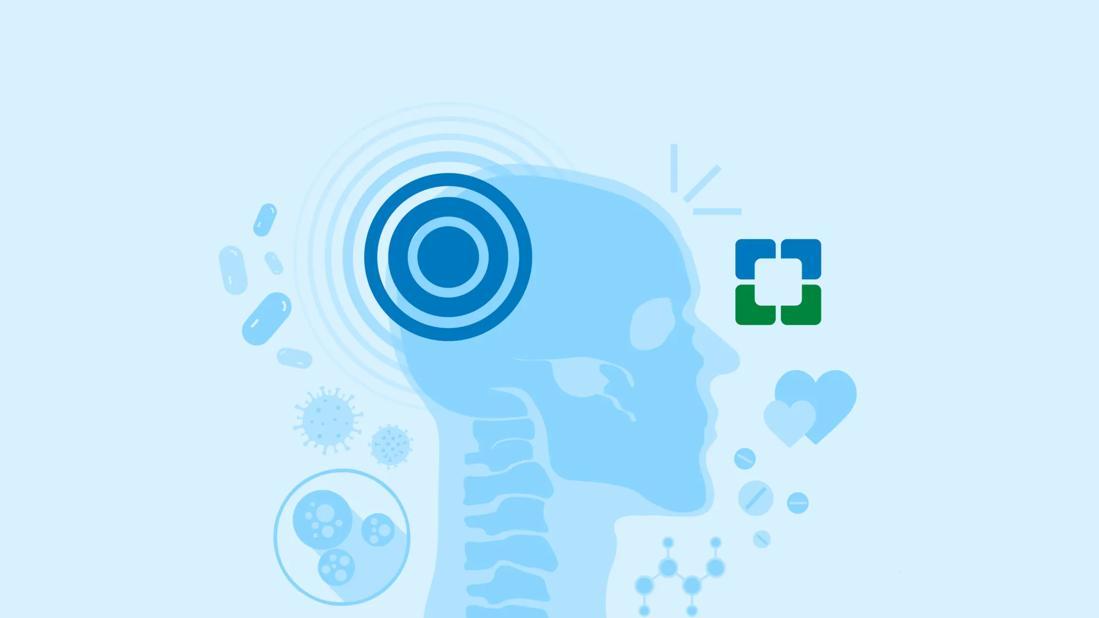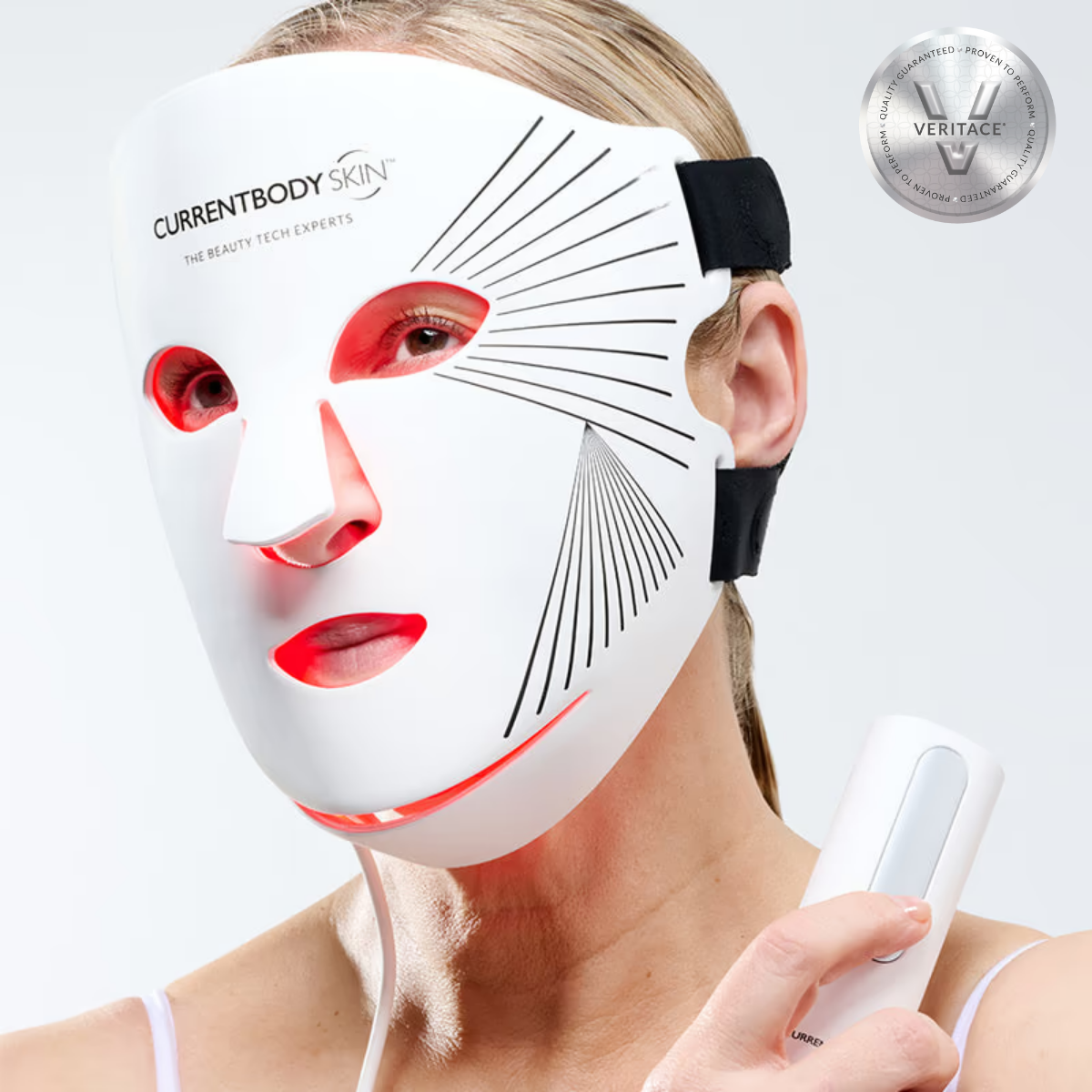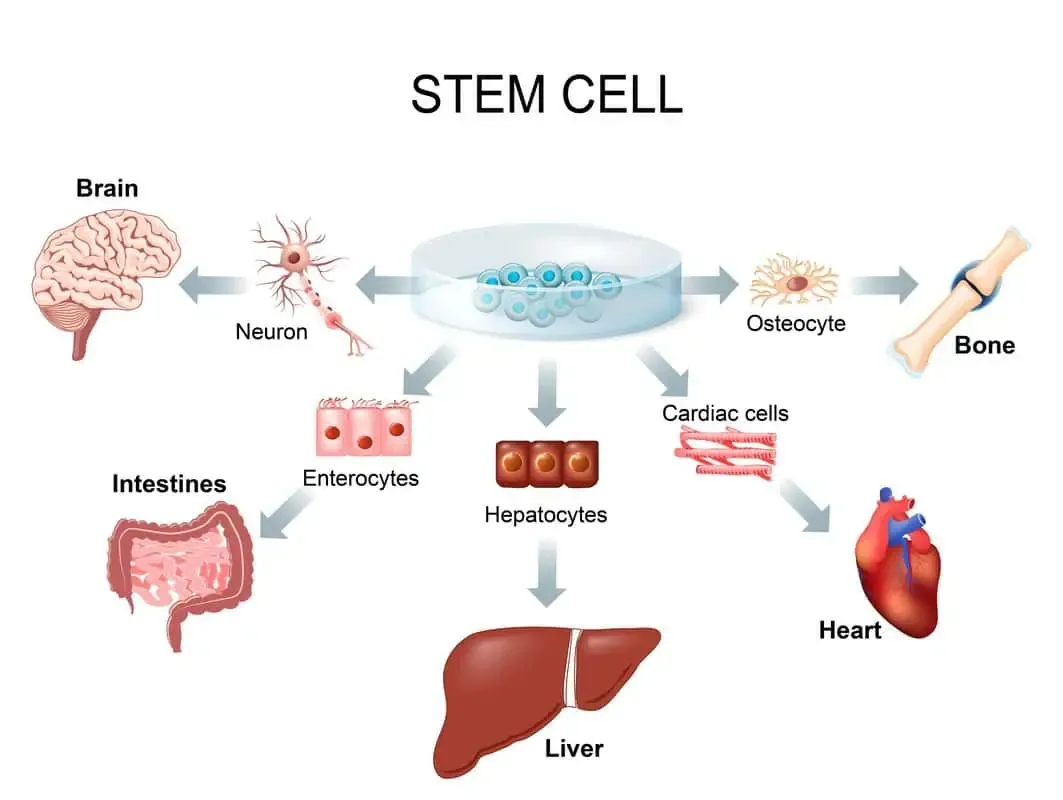Embarking on a journey into the world of light therapy can feel like stepping into a new dimension of wellness. If you’re curious about harnessing light for your health, then understanding Red Light Therapy for Beginners is your perfect starting point. This guide aims to demystify the science, reveal the benefits, and show you exactly how to integrate this remarkable technology into your daily routine, making it accessible and understandable for anyone new to the concept.
What Exactly Is Red Light Therapy?
Red Light Therapy, often abbreviated as RLT, is a therapeutic technique that uses specific wavelengths of red and near-infrared (NIR) light to stimulate cellular function. It’s a non-invasive treatment that’s gaining significant traction for its potential benefits across various health and wellness aspects. Unlike ultraviolet (UV) light, which can damage skin, RLT is known for its regenerative and healing properties without causing heat or burns. Think of it as a gentle, nourishing light that wakes up your body’s natural repair mechanisms.
The core principle behind RLT is photobiomodulation (PBM), where light energy is absorbed by the mitochondria – the powerhouses of your cells. This absorption kickstarts a cascade of beneficial biological processes, leading to increased cellular energy production (ATP), reduced inflammation, and enhanced tissue repair.
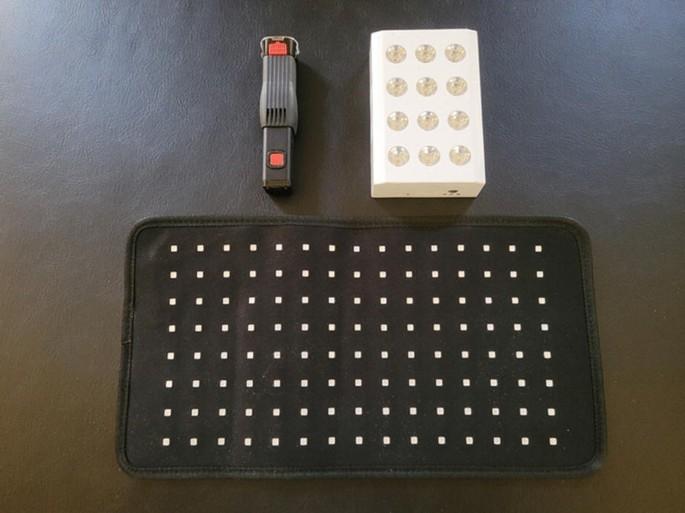 A diagram illustrating how red light therapy works at a cellular level, showing light penetrating skin and affecting mitochondria to produce ATP.
A diagram illustrating how red light therapy works at a cellular level, showing light penetrating skin and affecting mitochondria to produce ATP.
How Does Red Light Therapy Work for Beginners?
For newcomers, it’s helpful to imagine your cells as tiny batteries. Over time, these batteries can run low, especially with stress, age, and environmental factors. Red Light Therapy acts like a gentle charger, boosting cellular energy.
When red and near-infrared light waves penetrate your skin, they are absorbed by chromophores (light-sensitive molecules) in the mitochondria. This process, similar to photosynthesis in plants, increases the production of adenosine triphosphate (ATP), the primary energy currency of the cell. More ATP means cells have more energy to perform their vital functions, such as repair, regeneration, and growth.
- Red Light (630-700nm): These wavelengths are visible and typically penetrate the skin’s superficial layers. They are excellent for skin health, collagen production, and reducing inflammation on the surface.
- Near-Infrared Light (700-1000nm): These wavelengths are invisible to the naked eye and penetrate deeper into tissues, muscles, joints, and even bones. NIR light is often used for muscle recovery, pain relief, and joint health.
“The beauty of red light therapy lies in its simplicity and natural alignment with our body’s own biology. It’s not about adding foreign substances, but about optimizing what’s already there, giving our cells the energetic boost they need to thrive.” – Dr. Amelia Thorne, Ph.D. in Photomedicine.
What Are the Core Benefits of Red Light Therapy for Beginners?
The potential benefits of RLT are broad and varied, often appealing to those looking for natural, non-pharmacological approaches to wellness. As a beginner, you’ll likely be interested in some of the most commonly reported advantages:
- Skin Rejuvenation: RLT stimulates collagen and elastin production, which can lead to reduced wrinkles, improved skin tone, and a more youthful appearance. It also aids in reducing redness and blemishes.
- Pain Relief & Muscle Recovery: The deep penetration of near-infrared light can help reduce inflammation, ease joint pain, and accelerate muscle repair after exercise. This is particularly appealing for athletes or those with chronic aches.
- Improved Sleep Quality: Exposure to red light in the evening can help regulate your circadian rhythm, promoting better sleep by reducing exposure to stimulating blue light.
- Mood Enhancement: Some studies suggest RLT can have a positive impact on mood, potentially by influencing brain activity and reducing inflammation linked to mood disorders.
- Hair Growth: For individuals experiencing hair thinning, RLT may stimulate hair follicles, promoting new growth and increasing hair density.
Getting Started with Red Light Therapy: A Simple Starter Guide
Ready to dive in? Here’s a step-by-step guide on how to begin your Red Light Therapy journey.
Choosing Your First Red Light Therapy Device
For beginners, simplicity and safety are key. There’s a wide range of devices available, from handheld wands to full-body panels.
- Handheld Devices: Great for targeted treatment on specific areas (e.g., face, joints). They are portable and often more affordable.
- Light Therapy Masks: Specifically designed for facial skin health, providing even coverage.
- Light Therapy Panels: Larger devices that can treat bigger areas of the body, or even the whole body. These are often a greater investment but offer more comprehensive treatment.
- Wearable Devices: Such as caps for hair growth or wraps for specific body parts, offering convenience.
When choosing, look for devices that specify wavelengths in the red (630-700nm) and/or near-infrared (800-850nm) spectrums, as these are the most scientifically validated for therapeutic use.
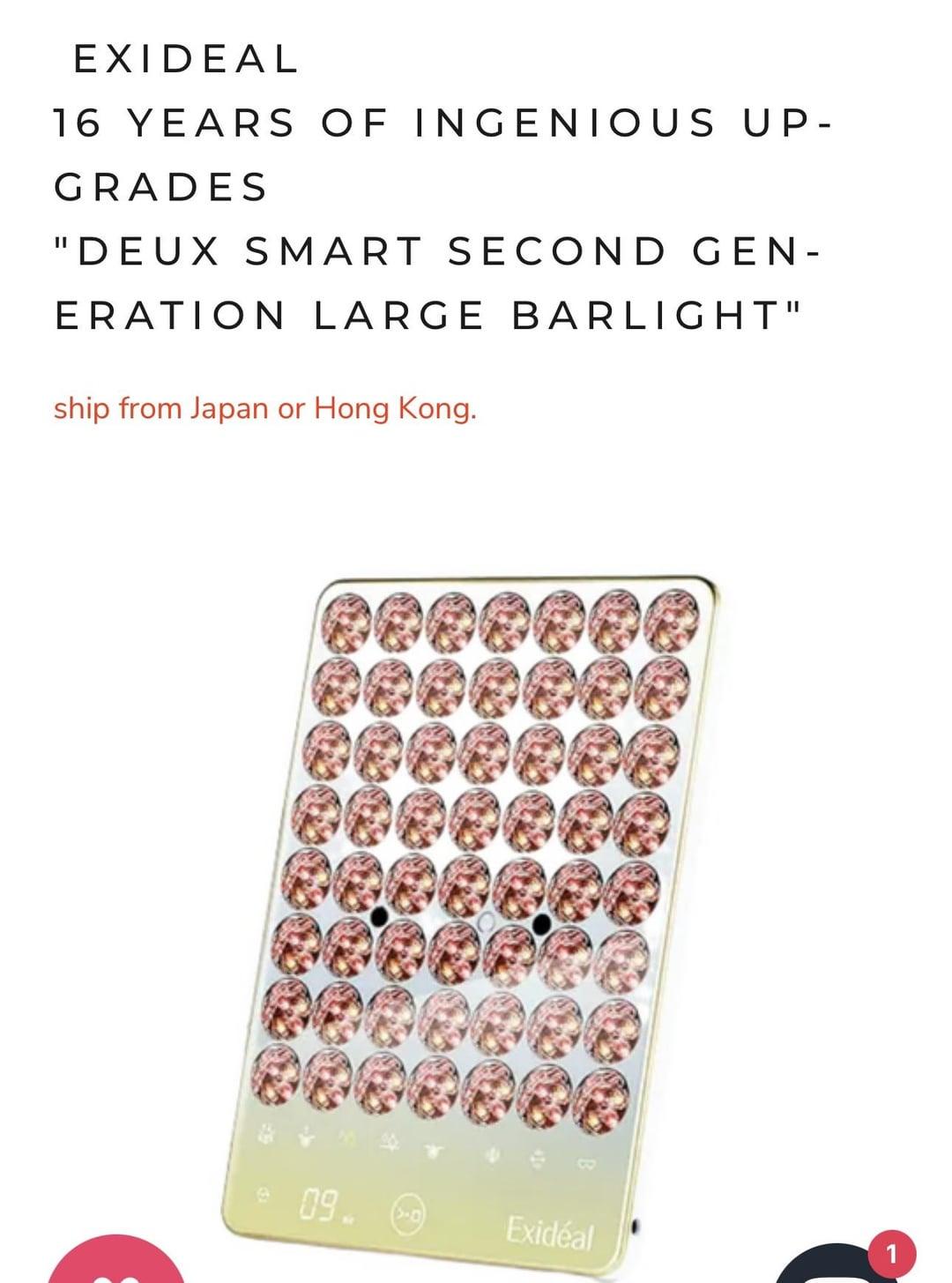 A collage showing different types of red light therapy devices suitable for beginners, including handheld, mask, and small panel options.
A collage showing different types of red light therapy devices suitable for beginners, including handheld, mask, and small panel options.
How to Use Your Red Light Therapy Device Safely and Effectively
Once you have your device, using it correctly is crucial for optimal results and safety.
- Read the Manual: This is non-negotiable. Every device has specific instructions for distance, duration, and frequency.
- Clean Skin: Ensure the area you are treating is clean and free of lotions or makeup to allow maximum light penetration.
- Eye Protection: While red light is generally safe for the eyes, near-infrared light can be intense. Many devices come with protective eyewear; always use it if recommended by the manufacturer.
- Positioning: Position the device at the recommended distance from your skin. Too close can be intense; too far can reduce efficacy.
- Session Duration: Start slowly. Most beginner sessions are 5-15 minutes per area. Don’t overdo it.
- Consistency is Key: RLT is not a one-time fix. Consistency over weeks and months yields the best results. Aim for 3-5 sessions per week.
- Listen to Your Body: If you experience any discomfort, stop the session.
“Many people expect instant miracles with red light therapy. The real magic happens with consistent, patient application. It’s like planting a seed – you need regular watering and sunlight to see it grow, not just a single downpour.” – Samuel Chen, Wellness Technology Consultant.
Understanding Results and Expectations
Patience is a virtue with Red Light Therapy. You won’t see dramatic changes overnight.
- Initial Signs (Weeks 1-4): You might notice subtle improvements in sleep quality, reduced post-exercise soreness, or a general feeling of well-being.
- Visible Changes (Weeks 4-12): This is when more noticeable improvements in skin appearance, pain relief, or hair growth typically begin to manifest.
- Long-Term Benefits: Continued use can lead to sustained improvements and cellular health benefits.
Remember that individual results can vary based on the specific condition being treated, device quality, consistency of use, and overall lifestyle.
Safety Considerations for Beginners
Red Light Therapy is widely considered safe, but a few precautions are advisable, especially when you’re just starting out:
- Consult Your Doctor: If you have any pre-existing medical conditions, are pregnant, or are taking photosensitizing medications, always consult your healthcare provider before starting RLT.
- Skin Sensitivity: While rare, some individuals might experience mild redness or irritation. Start with shorter sessions to gauge your skin’s reaction.
- Avoid Overuse: More isn’t always better. Stick to the recommended session durations to prevent any potential skin irritation or diminished returns.
Common Misconceptions About Red Light Therapy
As a beginner, you might encounter some myths. Let’s clear them up:
- “It’s like tanning.” Absolutely not. RLT uses different wavelengths that do not produce UV radiation or tan the skin. It focuses on cellular repair, not pigmentation.
- “It heats up your skin.” While some devices might feel slightly warm, RLT is generally considered a “cold” therapy, meaning it doesn’t cause thermal damage to tissues.
- “One session fixes everything.” RLT is a cumulative therapy. Consistent, regular use is key to achieving and maintaining benefits.
Conclusion: Embrace Your Glow with Red Light Therapy for Beginners
Navigating the world of wellness can be overwhelming, but diving into Red Light Therapy for Beginners doesn’t have to be. By understanding the basics of how this powerful light interacts with your cells, embracing safe and consistent practices, and managing your expectations, you’re well on your way to unlocking a natural path to enhanced well-being. Remember, it’s about providing your body with the tools it needs to thrive, gently and effectively. Start your journey today and discover the profound impact of light on your health.
FAQ: Red Light Therapy for Beginners
Q1: Is Red Light Therapy safe for everyone?
A1: Red Light Therapy is generally considered safe for most people. However, individuals who are pregnant, have certain medical conditions, or are taking photosensitizing medications should consult their doctor before starting RLT. Always follow the device manufacturer’s safety guidelines.
Q2: How long does it take to see results from Red Light Therapy?
A2: Results vary depending on the individual and the condition being treated. Some people might notice subtle improvements in energy or sleep within a few weeks, while visible changes in skin health or pain relief usually take 4-12 weeks of consistent use.
Q3: How often should a beginner use Red Light Therapy?
A3: For beginners, it’s recommended to start with 3-5 sessions per week, with each session lasting 5-15 minutes per targeted area, depending on the device instructions. Consistency is more important than duration for achieving desired outcomes.
Q4: Can I use Red Light Therapy at home?
A4: Yes, there are many safe and effective Red Light Therapy devices designed for home use, ranging from handheld wands and masks to larger panels. Ensure you purchase from a reputable brand and follow all instructions.
Q5: Does Red Light Therapy cause any side effects?
A5: Red Light Therapy is largely free of significant side effects. Some sensitive individuals might experience mild, temporary redness or irritation on the skin. Always use eye protection if recommended by the device manufacturer.
Q6: What’s the difference between red light and near-infrared light?
A6: Red light (around 630-700nm) is visible and penetrates the superficial layers of the skin, ideal for skin health. Near-infrared (NIR) light (around 800-850nm) is invisible and penetrates deeper into tissues, muscles, and joints, making it beneficial for pain relief and recovery.
Q7: Do I need to wear protective eyewear during Red Light Therapy?
A7: While red light itself is generally safe for the eyes, the intense brightness from some devices, particularly those emitting near-infrared light, can be uncomfortable. It’s highly recommended to wear the protective eyewear provided with your device, especially for facial treatments, to prevent eye strain.
